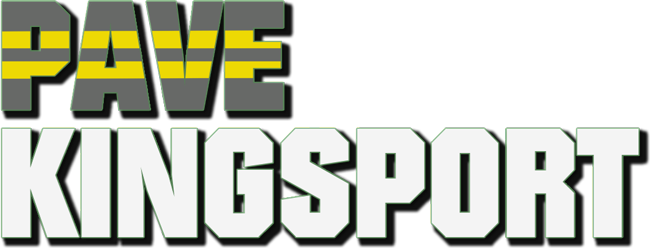The sustainable paving plan for Kingsport is driven by data.
The data comes from a pavement condition survey and PCI value that are the basis for management, maintenance, project and budget decisions for the city. Utilizing the PCI value as the basis for pavement-related decisions will allow the city to build a plan for developing annual pavement maintenance. Learn more in the ‘About’ section.
ConnectKingsport
From potholes and damaged street signs to other local issues that need attention, ConnectKingsport makes reporting an issue easier than ever. This app uses GPS to recognize your location and gives you a menu of common quality-of-life conditions to select from. The app also allows you to upload pictures or videos to accompany your request. Residents can track the status of reports they or other members of the community have submitted until the issue is resolved.
You can also use the app to find information about the City of Kingsport with links to the city website, animal services, ongoing events and more. Download the free app today to be a part of making Kingsport a great place to live, work and play!
To download the app, please search for it in the App Store or in the Google Play Store.
To use the online portal instead, please visit this link.

